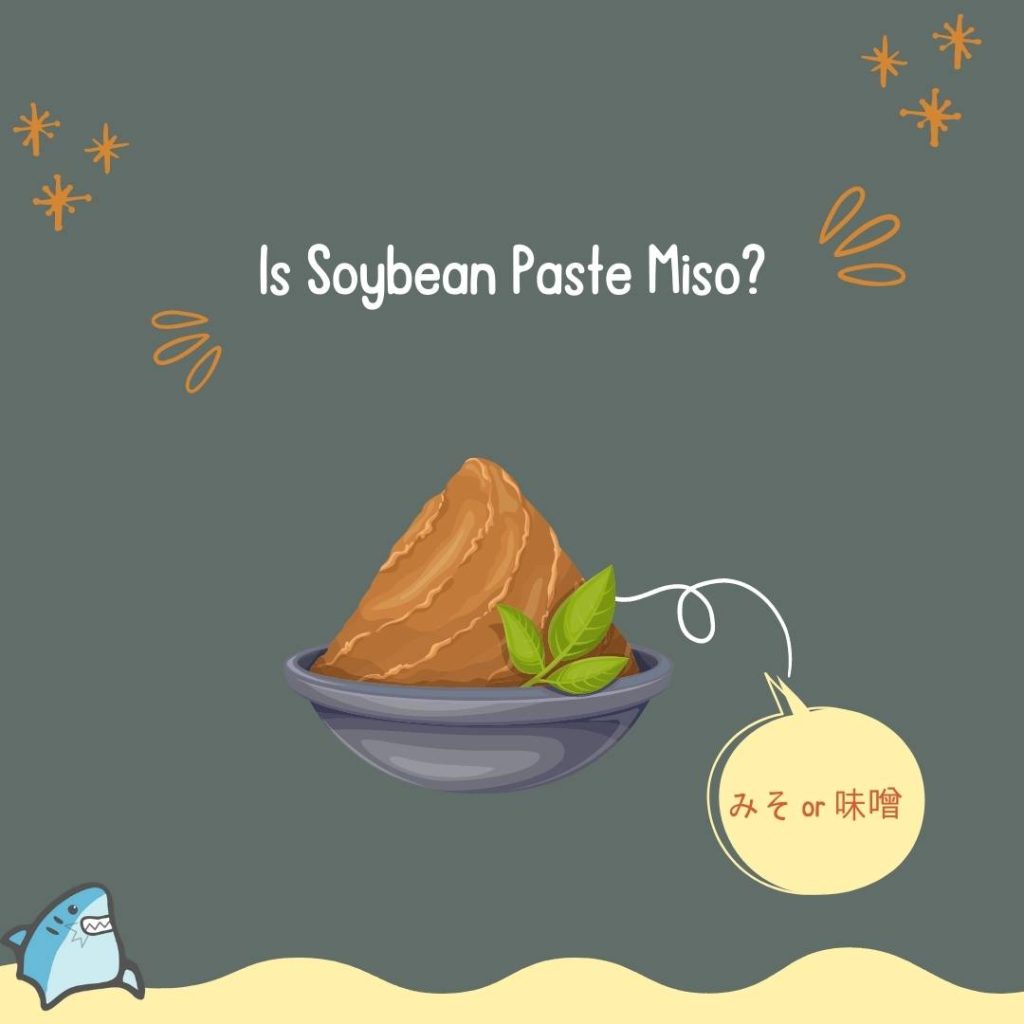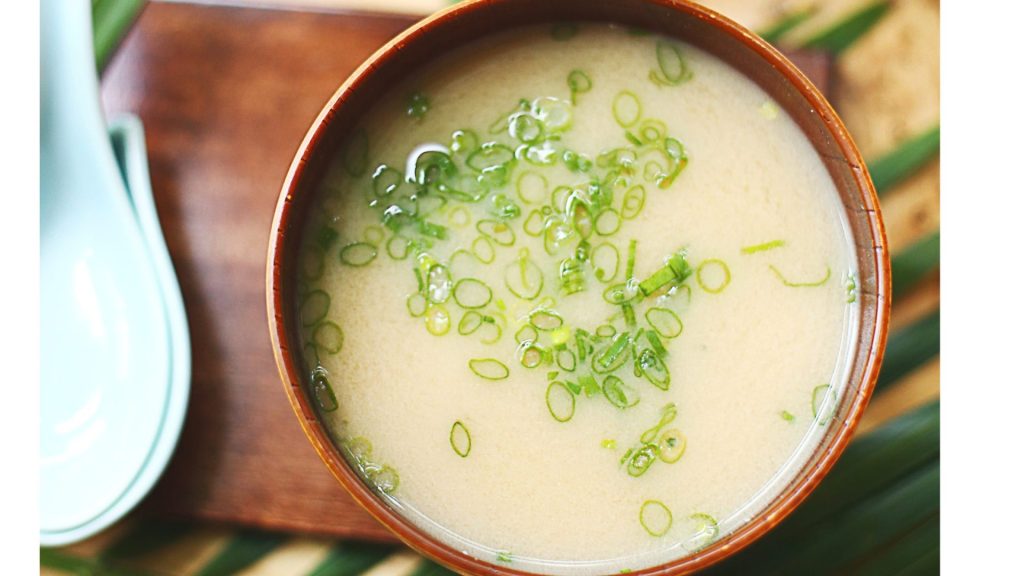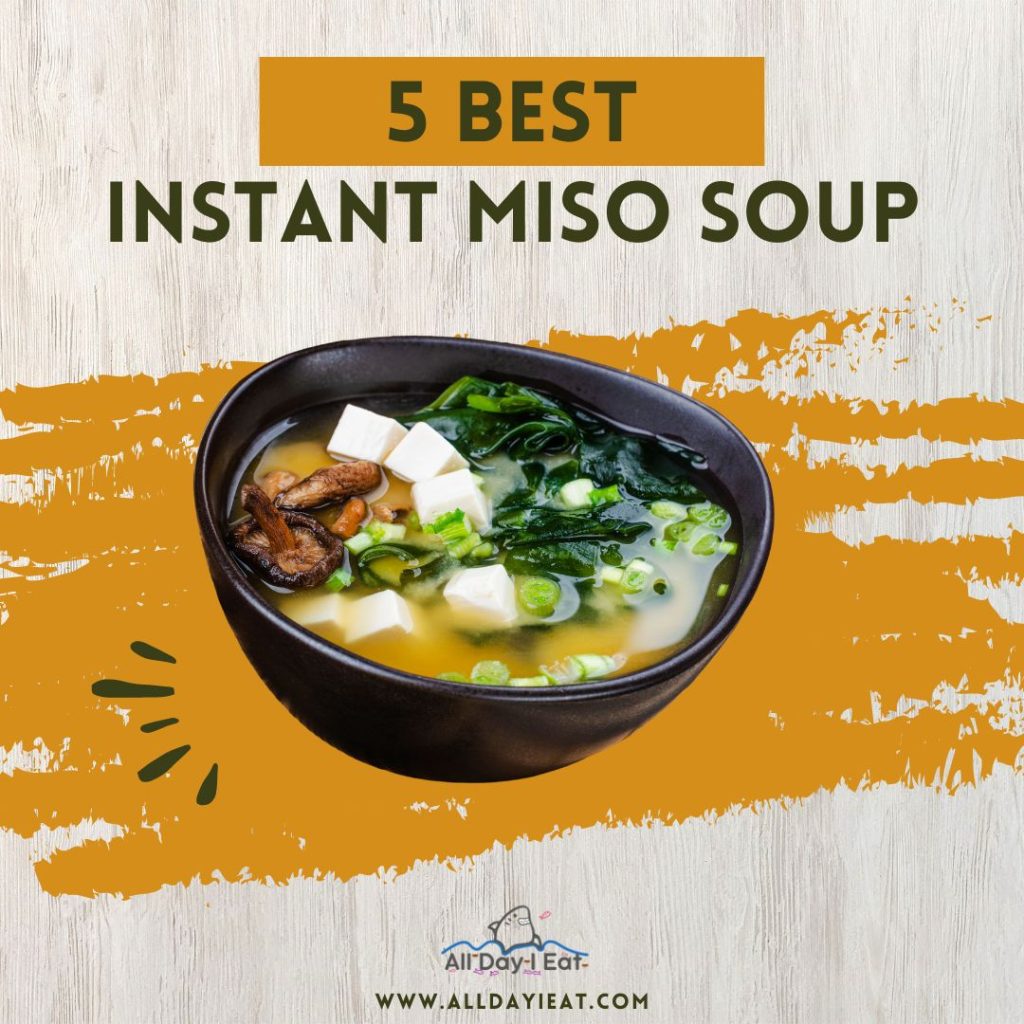Are you curious about whether is soybean paste miso? Well, wonder no more!
In this article, we will delve into the origins, production, and culinary uses of both soybean paste and miso.
You might be surprised to learn that soybean paste, also known as doenjang, has its roots in Korean cuisine, while miso is a staple in Japanese cooking.
Despite their distinct origins, these two ingredients share similarities in terms of their key component – soybeans.
By the end, you will have a clear understanding of the differences and similarities between miso and soybean paste, and whether they can be used interchangeably in your cooking adventures.
So, let’s dive in and uncover the truth about soybean paste and miso!

The Origins and Production of Miso
Did you know that miso, the delicious soybean paste, has a fascinating history and intricate production process?
It originated in ancient China and was brought to Japan around the 7th century.
The Japanese then developed their own unique methods of making miso.
The main ingredient in miso is soybeans, which are first cooked and then mixed with a culture called koji.
Koji is a type of mold that helps ferment soybeans, giving miso its distinct flavor.
The mixture is then left to ferment for months or even years, depending on the desired taste. During this time, the flavors deepen and develop, resulting in a rich, savory paste.

The Ingredients and Flavor Profiles of Soybean Paste
The rich and savory flavors of this traditional Japanese condiment will transport your taste buds to a world of umami goodness.
Soybean paste, also known as miso, is made from fermented soybeans, salt, and a fungus called koji.
The combination of these ingredients results in a complex and unique flavor profile that is both salty and slightly sweet.
Miso can have different colors and flavors depending on the length of fermentation and the type of koji used.
The lighter miso varieties have a milder taste, while the darker ones have a more intense and robust flavor.
The umami taste of miso adds depth and richness to soups, marinades, and dressings.
It is also commonly used as a seasoning in various Japanese dishes, giving them a distinct and delicious taste.
Similarities and Differences Between Miso and Soybean Paste
Delving into the realm of flavor, let’s uncover the intriguing similarities and subtle nuances that distinguish miso from its soy-based counterpart.
While miso is indeed a type of soybean paste, it’s important to note that not all soybean pastes are miso.
Miso is a traditional Japanese seasoning made by fermenting soybeans with a mold called koji and salt. This fermentation process gives miso its distinct umami flavor and complex aroma.
On the other hand, soybean paste, also known as doenjang in Korean cuisine, is made using a similar fermentation process but without the addition of koji. As a result, soybean paste has a heartier and more savory taste compared to miso.
Both miso and soybean paste bring depth and richness to dishes, but their subtle differences contribute to the unique flavors they offer in various culinary applications.

Traditional Uses of Miso in Japanese Cuisine
One cannot resist the allure of the exquisite flavors that miso brings to traditional Japanese dishes.
One of the most common uses is as a base for soups, such as miso soup.
The rich umami flavor of miso adds depth and complexity to the soup, making it a comforting and satisfying dish.
Miso is also used as a marinade for meats and vegetables, giving them a savory and slightly sweet taste.
In addition, miso is often used as a condiment, spread on rice or noodles, adding a burst of flavor to these simple dishes.
Whether used as a soup base, marinade, or condiment, miso brings a unique and delicious taste to Japanese cuisine.
Conclusion
In conclusion, you now have a deeper understanding of the origins, production, ingredients, flavor profiles, and culinary applications of soybean paste, also known as miso.
You have explored the traditional uses of miso in Japanese cuisine and discovered the
similarities and differences between miso and soybean paste.
With this knowledge, you can now confidently incorporate this versatile ingredient into your own cooking, adding a unique and delicious flavor to your dishes.
Enjoy experimenting with miso in your culinary adventures!
If you want to know more about miso paste, read my blog about miso paste 101 here.









Konnichiwa! (Hello!) I'm Pat Tokuyama, a Japanese tofu cookbook author, who travels for music, food, and adventure. If you like Japanese tea, checkout some of the newestorganic japanese tea, matcha bowls and noren and more!
** Curious about the Plant Based Japanese Cooking Club? ** Learn more here!